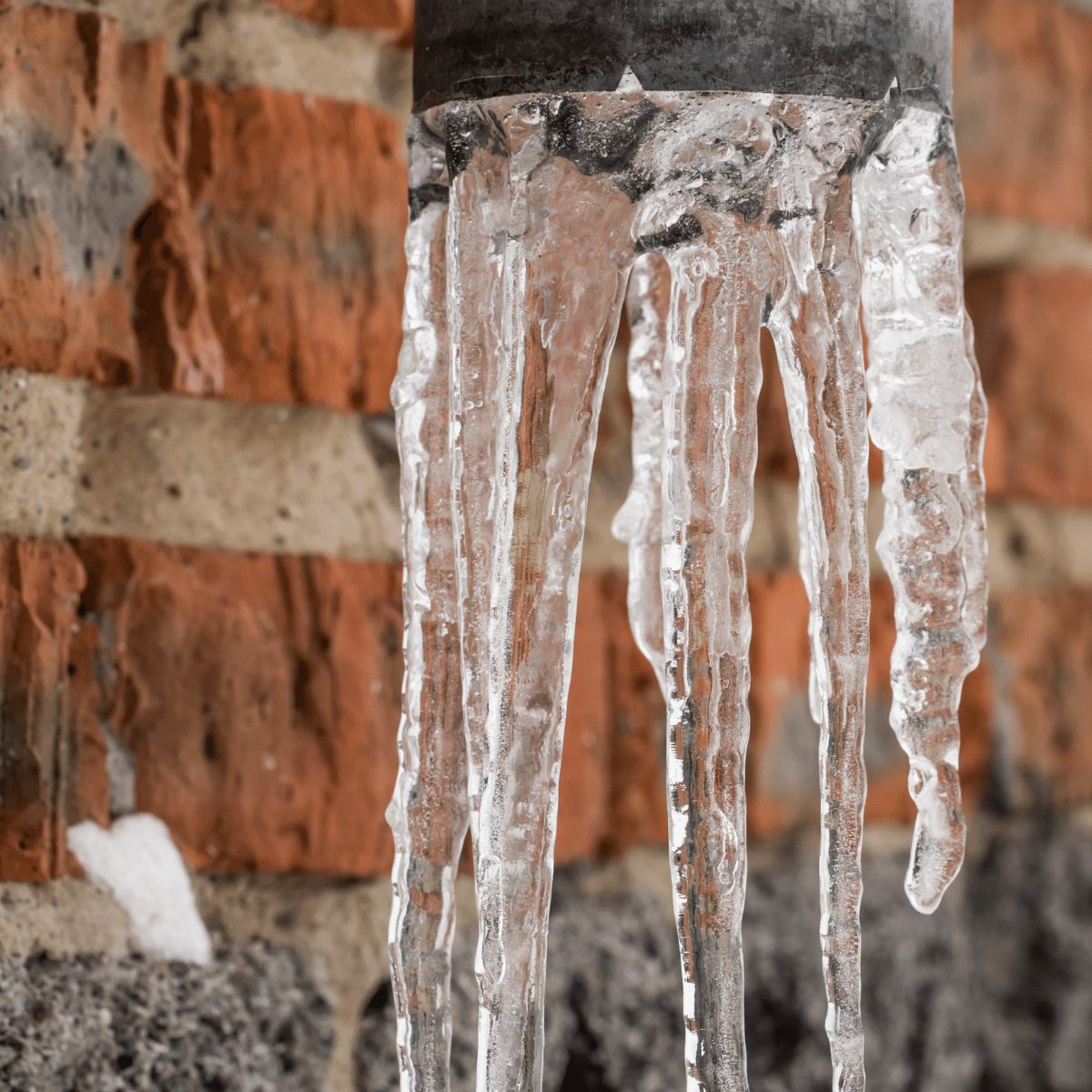Preventing Frozen Plumbing in Winter: Essential Strategies
Preventing Frozen Plumbing in Winter: Essential Strategies
Blog Article
The article author is making a few good annotation regarding Prevent Frozen Pipes overall in this article in the next paragraphs.

Winter can wreak havoc on your plumbing, particularly by freezing pipelines. Right here's how to prevent it from happening and what to do if it does.
Introduction
As temperatures drop, the danger of frozen pipes rises, potentially leading to expensive fixings and water damage. Comprehending exactly how to avoid frozen pipelines is vital for house owners in cold climates.
Understanding Frozen Pipes
What causes pipes to freeze?
Pipelines freeze when exposed to temperatures below 32 ° F (0 ° C) for extended durations. As water inside the pipelines freezes, it expands, taxing the pipeline walls and potentially triggering them to burst.
Threats and problems
Frozen pipelines can cause supply of water disruptions, home damage, and expensive fixings. Burst pipelines can flood homes and create substantial structural damages.
Signs of Frozen Water Lines
Identifying frozen pipes early can avoid them from bursting.
Exactly how to recognize frozen pipelines
Seek decreased water flow from taps, uncommon smells or sounds from pipelines, and noticeable frost on exposed pipelines.
Prevention Tips
Protecting susceptible pipes
Cover pipes in insulation sleeves or use heat tape to shield them from freezing temperatures. Focus on pipelines in unheated or outside locations of the home.
Home heating techniques
Maintain interior rooms appropriately warmed, especially areas with plumbing. Open cabinet doors to enable warm air to flow around pipes under sinks.
Shielding Exterior Pipes
Yard tubes and exterior taps
Separate and drain pipes yard tubes prior to wintertime. Set up frost-proof spigots or cover outdoor taps with shielded caps.
What to Do If Your Pipes Freeze
Immediate actions to take
If you suspect icy pipelines, keep taps open up to eliminate pressure as the ice thaws. Utilize a hairdryer or towels soaked in warm water to thaw pipes slowly.
Long-Term Solutions
Structural modifications
Consider rerouting pipelines away from outside walls or unheated areas. Include extra insulation to attic rooms, cellars, and crawl spaces.
Updating insulation
Purchase high-quality insulation for pipelines, attic rooms, and walls. Appropriate insulation aids maintain constant temperature levels and reduces the threat of frozen pipes.
Conclusion
Avoiding frozen pipes requires proactive measures and fast feedbacks. By recognizing the reasons, signs, and preventive measures, homeowners can shield their pipes during cold weather.
5 Ways to Prevent Frozen Pipes
Drain Outdoor Faucets and Disconnect Hoses
First, close the shut-off valve that controls the flow of water in the pipe to your outdoor faucet. Then, head outside to disconnect and drain your hose and open the outdoor faucet to allow the water to completely drain out of the line. Turn off the faucet when done. Finally, head back to the shut-off valve and drain the remaining water inside the pipe into a bucket or container. Additionally, if you have a home irrigation system, you should consider hiring an expert to clear the system of water each year.
Insulate Pipes
One of the best and most cost-effective methods for preventing frozen water pipes is to wrap your pipes with insulation. This is especially important for areas in your home that aren’t exposed to heat, such as an attic. We suggest using foam sleeves, which can typically be found at your local hardware store.
Keep Heat Running at 65
Your pipes are located inside your walls, and the temperature there is much colder than the rest of the house. To prevent your pipes from freezing, The Insurance Information Institute suggests that you keep your home heated to at least 65 degrees, even when traveling. You may want to invest in smart devices that can keep an eye on the temperature in your home while you’re away.
Leave Water Dripping
Moving water — even a small trickle — can prevent ice from forming inside your pipes. When freezing temps are imminent, start a drip of water from all faucets that serve exposed pipes. Leaving a few faucets running will also help relieve pressure inside the pipes and help prevent a rupture if the water inside freezes.
Open Cupboard Doors
Warm your kitchen and bathroom pipes by opening cupboards and vanities. You should also leave your interior doors ajar to help warm air circulate evenly throughout your home.

I stumbled upon that review on Winter Plumbing Precautions: Preventing Frozen Pipes while scouting around the search engines. I beg you take the opportunity to distribute this content if you enjoyed it. Thanks a bunch for being here. Return soon.
Click Here To Find Out More Report this page